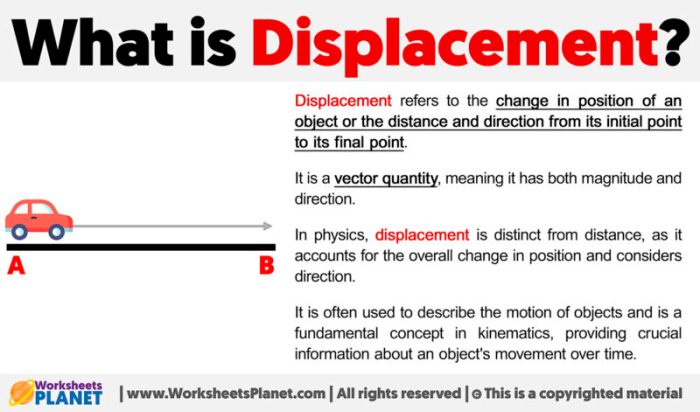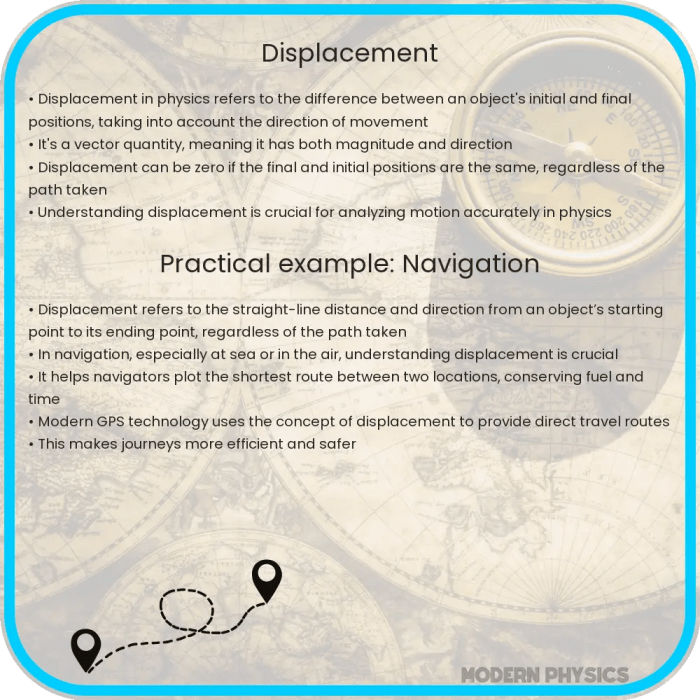Engine displacement meaning sets the stage for this enthralling narrative, offering readers a glimpse into a story that is rich in detail and brimming with originality from the outset. Engine displacement is a critical concept in the automotive world, representing the total volume of all the cylinders in an engine. This measurement is vital as it directly influences a vehicle’s power output, efficiency, and overall performance. Understanding how engine displacement is calculated, the various types of classifications, and its significance can provide valuable insights for automotive enthusiasts and potential car buyers alike.
Remember to click Car detailing tips to understand more comprehensive aspects of the Car detailing tips topic.
Engine Displacement Meaning

Engine displacement is a critical aspect of automotive engineering that refers to the total volume of all the cylinders in an engine. This measurement is expressed in liters (L) or cubic centimeters (cc) and is indicative of the engine’s size and capacity. It essentially represents the amount of air and fuel mixture that can be drawn into the cylinders during the intake stroke, influencing various performance metrics and characteristics of an engine.
The calculation of engine displacement is straightforward: it is calculated by taking the bore (the diameter of the cylinder) and stroke (the distance the piston travels within the cylinder) into consideration. The formula for engine displacement is:
Displacement = π × (Bore/2)² × Stroke × Number of Cylinders
This fundamental concept is crucial in understanding how an engine performs. Larger displacements often equate to more power and torque, while smaller displacements can lead to better fuel efficiency.
Types of Engine Displacement

Engine displacement can be classified into various types, primarily including total displacement and swept volume. Total displacement refers to the combined volume of all cylinders, whereas swept volume pertains to the volume displaced by a single piston as it moves through its stroke.
Additionally, it is essential to differentiate between naturally aspirated and forced induction engines. Naturally aspirated engines rely solely on atmospheric pressure to draw air into the cylinders, while forced induction engines, such as those equipped with turbochargers, compress the intake air to increase the air-fuel mixture’s density, enhancing performance without a significant increase in displacement.
| Engine Type | Displacement (L) | Fuel Type | Induction Type |
|---|---|---|---|
| 4-Cylinder | 1.0 – 2.5 | Gasoline | Naturally Aspirated |
| 6-Cylinder | 2.5 – 4.0 | Gasoline/Diesel | Forced Induction |
| V8 | 4.0 – 6.5 | Gasoline | Naturally Aspirated/Forced Induction |
Impact of Engine Displacement on Performance
The engine displacement has a direct impact on horsepower and torque output. Generally, an increase in displacement leads to a higher potential for power generation because more air and fuel can be combusted in a given time frame. For instance, vehicles with larger engine displacements, such as V8 trucks, typically produce more horsepower and torque compared to smaller, 4-cylinder compact cars.
Here are some examples of vehicles with different engine displacements and their performance capabilities:
– Ford F-150 with a 5.0L V8 engine produces approximately 395 horsepower.
– Honda Civic with a 2.0L 4-cylinder engine generates about 158 horsepower.
When considering engine sizes, there are advantages and disadvantages associated with larger and smaller displacements:
- Advantages of Larger Displacement:
- Higher horsepower and torque output.
- Better performance in towing and hauling.
- Disadvantages of Larger Displacement:
- Typically lower fuel efficiency.
- Higher emissions in some cases.
- Advantages of Smaller Displacement:
- Better fuel economy.
- Lower emissions.
- Disadvantages of Smaller Displacement:
- Limited power and torque compared to larger engines.
- Less effective for heavy-duty applications.
Engine Displacement and Fuel Efficiency, Engine displacement meaning
The relationship between engine displacement and fuel economy is a critical consideration in automotive design. Smaller displacement engines often yield better fuel efficiency because they require less fuel to operate compared to their larger counterparts. This efficiency is particularly evident in city driving conditions, where smaller engines can optimize power output without excessive fuel consumption.
For example, vehicles equipped with 1.0L to 1.5L engines are capable of achieving upwards of 40 miles per gallon (mpg) under optimal conditions, whereas larger engines may struggle to surpass 25 mpg.
The following table compares fuel consumption data between various engine sizes:
| Engine Size (L) | Fuel Consumption (mpg) |
|---|---|
| 1.0 – 1.5 | 35 – 45 |
| 2.0 – 2.5 | 25 – 35 |
| 3.0 – 4.0 | 15 – 25 |
Regulatory Aspects of Engine Displacement
Engine displacement plays a vital role in meeting emissions regulations set forth by governments worldwide. Larger engines tend to produce higher emissions, prompting stricter regulatory standards for displacement sizes. In many regions, manufacturers must comply with specific displacement limits to align with environmental standards.
Global standards often dictate maximum allowable engine displacements for certain vehicle classes, pushing manufacturers to innovate and adapt their designs. For instance, the European Union has implemented stringent CO2 emission targets that significantly influence engine design and displacement.
Manufacturers adapt by developing smaller, more efficient engines, utilizing technologies such as turbocharging and variable valve timing to enhance performance while meeting regulatory requirements.
Future Trends in Engine Displacement

The landscape of engine displacement is evolving due to technological advancements, including the widespread adoption of turbocharging and hybrid systems. Turbocharging allows smaller engines to deliver performance levels comparable to larger engines, effectively diminishing the need for larger displacements.
Predictions indicate that as electric and hybrid vehicles become more prevalent, the traditional definitions of engine displacement may change, with a focus shifting towards electric motor output and efficiency rather than just combustion engine size.
Potential innovations related to engine design and displacement include:
– Development of compact, high-output engines with advanced turbocharging.
– Integration of hybrid technologies to balance performance with reduced displacement.
– Exploration of alternative fuels that can operate efficiently in smaller displacement engines.
Final Review: Engine Displacement Meaning
In summary, the exploration of engine displacement reveals its profound impact on vehicle performance, fuel efficiency, and adherence to regulatory standards. As technology evolves, the dynamics of engine displacement will continue to change, paving the way for innovations that enhance both power and efficiency. Whether through advancements in turbocharging or the rise of electric vehicles, understanding engine displacement will remain essential for navigating the future of automotive engineering.
Find out further about the benefits of Subaru BRZ tS that can provide significant benefits.